After all, adding furniture is alluring as well as comfortable. Whether you want to add furniture to your patio, porch, or backyard.
Before that, you will have to be thoughtful while choosing outdoor wood furniture while keeping in mind different determining factors like climate.
So, we have enlisted determining aspects and the best wood for outdoor furniture to ease your work.
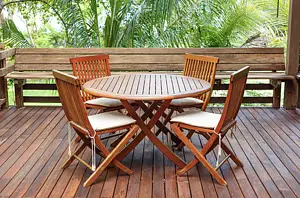
Any wood type is not restricted to particular furniture, but when it comes to outdoor furniture, you will have to ponder about different aspects and know your requirements and boundaries.
5 Factors To Consider While Selecting The Wood For Outdoor Furniture
1. Does your outdoor wood furniture resist rot or is it prone to rot??
Various wood species are naturally rot-resistant, like teak, acacia, and many more. Place such woods on your priority list.
And always make sure to enquire about the rot resistance of the wood you want to buy. Most probably, every wood is required to cover in the rainy season to protect it from moisture and rot.
2. Density of wood to protect from enemies i.e Insects
Insects and pests love wood, but you do not want them to be on your wood furniture. So, go for the denser wood type, which can be rigid for insects to bite and attack.
3. Protect your furniture in the winter season
Different wood types have varied potential to hold out against the winter season. Some might need protection in the wet climate, and others might not.
However, you can enlarge the tenure of your furniture by shielding them from severe winter elements. It would be much better to have storage spaces like a garage or a shed on your patio.
4. How is the climate of your place?
Climate is another factor that affects the age of your wood furniture.
If you reside in a place where there is a wet climate like snow or rainfall, choose woods that are resistant to both moisture and water.
On the other hand, in shiny and hot areas, choose woods that are repellent to fading. Prefer sheltering the place of your furniture to protect from harsh sunlight.
5. Consider your budget
Who wants to run out of money?
Obviously! No one.
The furniture prices vary from species to species and wood to wood.
Avoid falling into the trap of cheap. High prices of wood promise their longevity and another bunch of perks. Though you cannot claim high price is proportional to high quality.
The most worthy woods like teak and Pink Peroba have gone rare due to exploitation that leads to increasing their prices at peak. Paying attention to your budget and the quality of wood you need can help you make a wise decision.
Check out the curated list of 10 different kinds of wood to ensure the deciding factors for choosing the best wood for outdoor furniture.
Top 10 best wood for outdoor furniture
1. Teak Wood
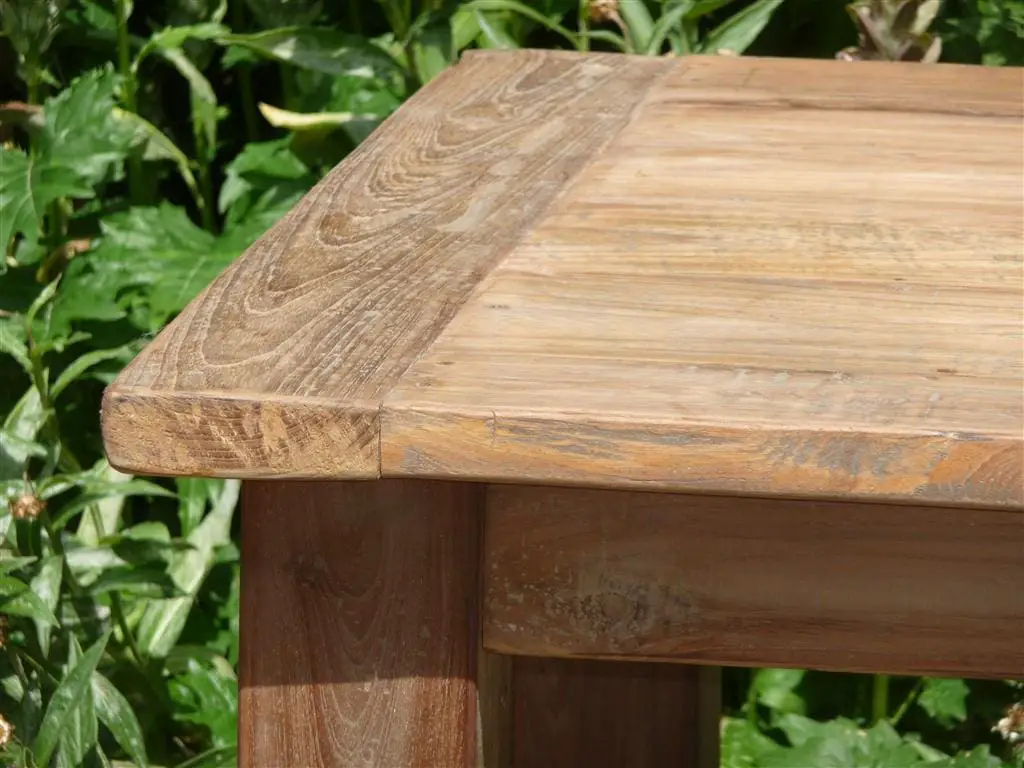
Even if you are unaware of basic knowledge about outdoor wood furniture, you may have heard about teak wood in the market, in wood shops, or discussions regarding wood.
Since teak wood is one of the popular wood types. Why?
Because of its characteristics of being dense, strong, and rot-resistant.
Teak wood is grown in Southeast Asia. It is a traditional wood with straight-grained. Its colors vary from golden and a little bit of brown to somewhat dark. But it does not imply changing colors affects its quality.
Teak wood is the best suitable for hot climates because of its huge capacity to absorb sunlight. And it is a recommended wood for outdoor places. Broad usage of Teak wood for building boats owing to its strength.
Pros
- Teak wood is enriched with natural oils, which makes it resistant to insects and pests.
- No buckle in the case of this wood because it is ineffective by humidity.
- Heavy wind or dust particles are far away to affect its strength. So, you need not change its position with changing weather. Not any fear of contraction or expansion of the Teak wood in the winter or other wet seasons.
- Get two different traits in the same wood: hardness and lightweight.
- Proof of the durability of teak wood is the presence of silica Teak grains.
- It stands firmly against all weather types.
What’s more?
The traits of being waterproof and high density secure the risk of rot and attack of insects.
Cons
- Pay special attention to certified sustainable and natural teak. People deceive the buyers by selling other woods in the name of teak owing to its insufficiency.
- Teak prices are rising rapidly in the USA because of their uniqueness.
2. Ipe Wood
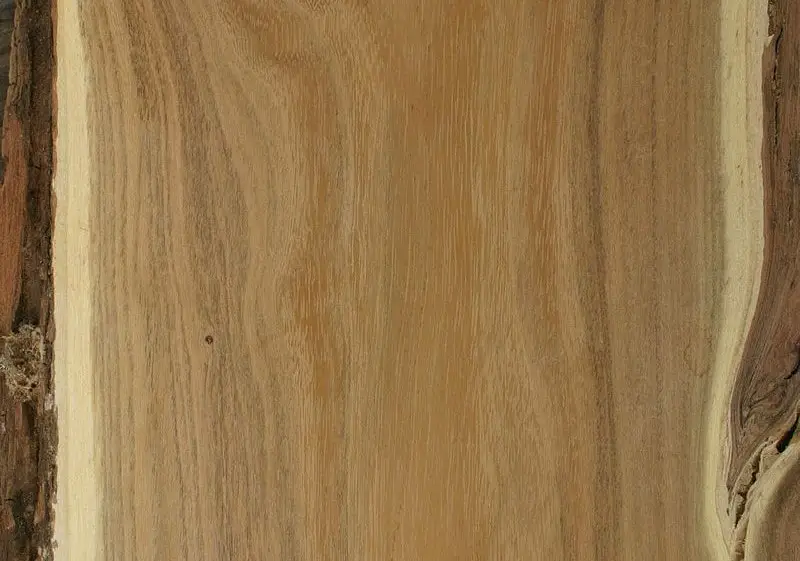
Ipe is a dense and solid wood outdoor furniture. Being unaffected by water means it is suitable for wet climates. Another name for Ipe is Brazilian ironwood. Ipe has a gorgeous and natural shine with its linear and interconnected grain patterns.
Pros
- Ipe wood has a long life of up to decades; for a maximum of 40+ years.
- It repels cracking and is invulnerable to fungi and insects.
- It is too hard to be firm against any physical deterioration, such as denting, warping, decomposition, and cracking.
- Recommended wood to use outdoors.
- Amazingly, it has great tolerance regardless of the weather.
Cons
- It is arduous to cut and work due to the high density of the wood.
- Check, appropriately, the cutting edge of the tool or machine.
- Difficult to glue it, too.
3. Black Locust
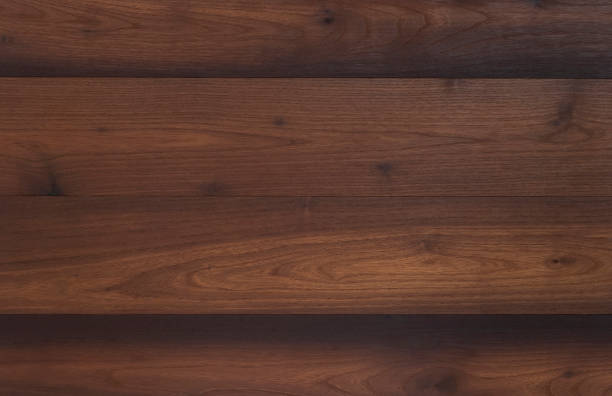
Robinia Pseudoacacia is the scientific name of Black locust wood, which is grown in North America.
Here is the answer to your question: What is the hardest wood for outdoor furniture?
It is the strongest, with a Janka rating of 1700.
Black Locust is hard and dense enough with straight grain. That becomes hard for insects to attack. Go for black locust wood to have desirable and fruitful results.
Pros
- The most preferred wood for outdoor furniture, and the credit goes to its high resistivity and withstanding to rot.
- Use it for large manufacturing projects; because of its colossal robustness.
- The hardest wood is affordable too.
Cons
- It is strenuous to even use machines over the black locust wood. Consider taking help from a professional.
4. The Afrormosia Wood
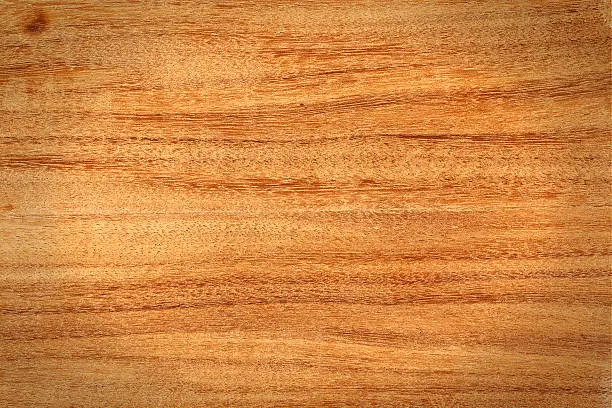
The Afrormosia Wood is found in West and Central Africa’s forests.
How does the surface of furniture wood appear?
Reddish spots on the gray bark of the wood.
It is a strong wood as compared with teak. Straight and barely interlocked grain are more points on the characteristics of the Afrormosia wood.
It is so powerful that it can be used as a replacement for teak. But it is exploited and overused at an extreme level.
Now, you can guess that its over-usage is a reflection of what is mostly liked by people.
Pros
- Besides furniture, people use it for a variety of purposes, such as flooring, furnishing, molding, and many more.
- Furnishing gives a fabulous shine to its surface.
- Effortless to work with Afrormosia Wood though it is hard.
- Handy to glue and furnish it.
- Fascinating and gorgeous looks are the finest addition to your park and porch.
Cons
- Why does this wood lag?
The reason is difficulty in their natural re-emergence that creates an imbalance in their quantity.
5. Oak Wood
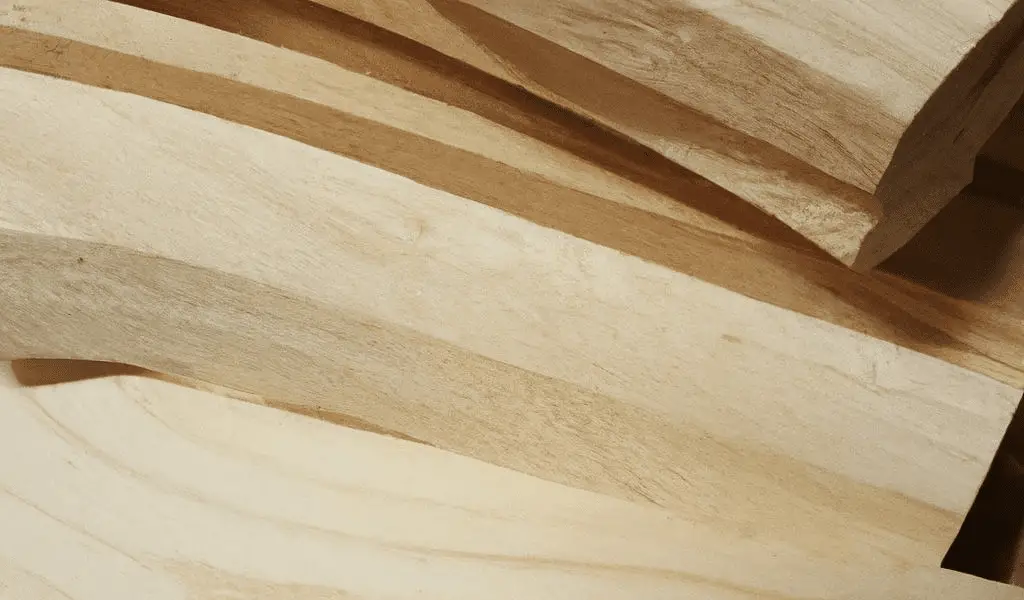
Oak is a fantastic choice for any furniture type you want, whether outdoor or indoor. It is a solid as well as dense wood with 1350 Janka and 750 kg/cubic meter, respectively.
The structure of oak wood is rough.
Its Reddish hue remains the same with the passing years.
It is suggested to pick up white oak over red one due to the permeability of red oak.
Pros
- High resistance to decay.
- Straight and closed-grain quality makes it handy to work with.
- The most durable wood for outdoor furniture is Oak.
- White oak is pertinent for wet climates.
- Sturdy wood means long-lasting.
- A broad range of uses of the Oakwood is from boat building to interior trim and flooring.
- It is largely used to prepare barrels to store different liquors to maintain their flavors as it outreaches oxygen from the contents stored in it.
- Worth-off to spend on this wood as it lasts with you for various decades.
Cons
- One demerit comes with copious benefits of Oakwood, and that is the additional cost of its maintenance. Why? It lacks oil content. So, you need to paint or shield it with a topcoat or water-resistant sealer.
- It has comparatively less potential than ipe and teak.
- Oak wood is indeed costly because of its rare supply.
6. Cedar
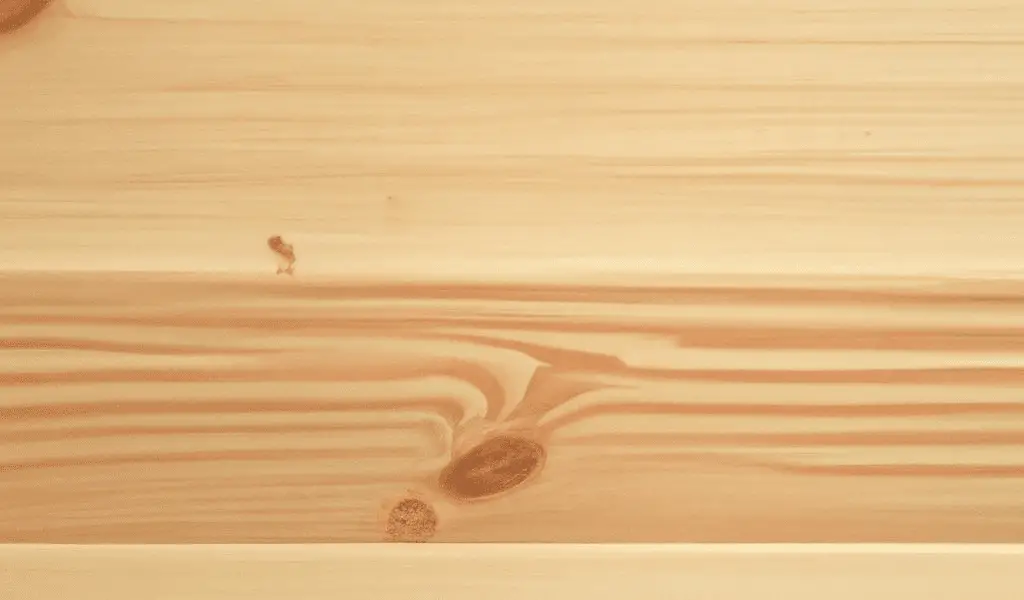
Cedar is one of the usable softwoods and coniferous wood. It has numerous incentives which would compel you to use it for outdoor furniture, like its natural resistance to decay, pests, and insects. Amazing to work with as it has finishing qualities.
Pros
- Cedar is a soft, light-weight, and long-lasting wood
- Easy to maintain without any paint and regular treatment.
- It comes with a pretty fragrance to freshen your mood.
- Invulnerable to rot, powder Beetle, and termite. Also, unaffected by moisture
- Highly used in ancient times.
- Use it for furniture and other wood-related products.
- Adds beauty to your place and its sturdiness is another benefit.
Cons
- The negative past is it lacks the potential to hold screws.
- Fragility and excessive softness are the demerits that can demotivate you not to buy them.
7. Acacia
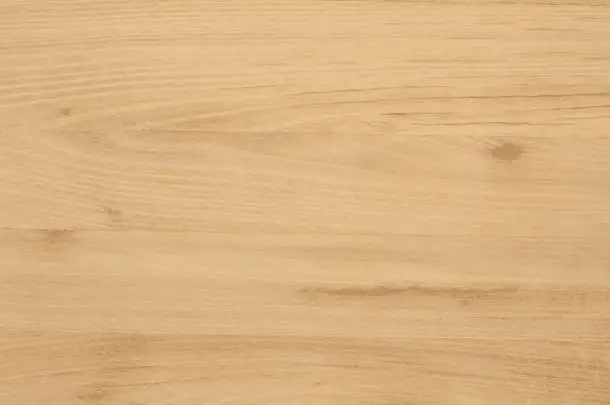
Acacia grows at a large scale in different places, so it is often called non-native species. It is a robust wood and varies in a variety of species. You will find diversity in the colors of Acacia wood. However, the most abundant and common color of wood is yellow or radish. If handled carefully, it can last with you for years.
Pros
- Great resistance power to insects, rotting, and other unfavorable elements. The richness of natural oil is another favorable point to make Acacia your favorite wood for outdoor furniture.
- Water-repellent feature. So, it is safe to expose it to a wet climate.
- Stable and sturdy wood. And repellent of dents and scratches.
- It has a natural plain finish that gets rid of extra treatments.
Cons
- The dark golden brown color of the wood can fade away if it is kept unsealed and contacted with water.
- Avoid contacting it directly with ground oil stuff.
8. Pink Peroba
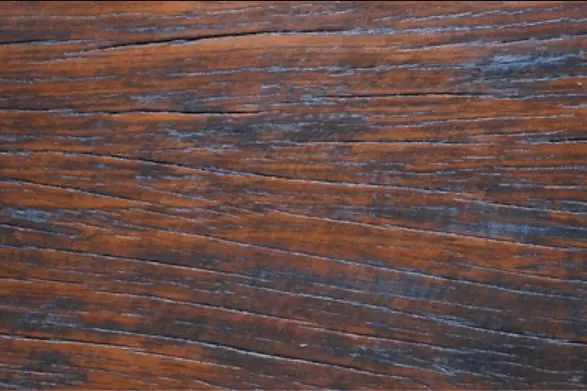
Do not judge Pink Peroba by its name, as its colors range from yellow to pinkish-red with a blend of purple or brown lines. Also, grains of Pink Peroba are linear and light irregular.
Pros
- Pink Peroba has a great hindrance power to decay. So, you can trust it for the long term.
- Workability and sturdiness are other pros of Pink Peroba.
- Single wood comes with a wide range of uses: furniture, carvings, veneer, etc. Sadly, it has become an exotic wood now.
Cons
- Prone to termite and weaken on cutters.
- The short supply of Pink Peroba in the USA causes its prices to increase constantly and steadily.
9. Cypress
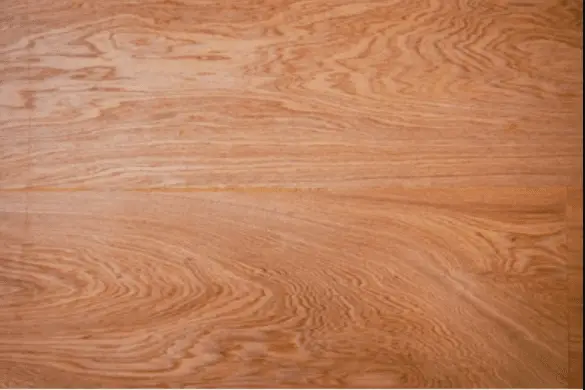
Cypress is a normal wet climate wood and naturally resistant to decay.
The variation of color is from yellow-brown to reddish and inky brown. The accurate grain pattern is another critical characteristic of cypress.
The age of matured cypress wood can be 40+ years by maintaining slightly. Whereas cypress wood from younger trees can remain useful for more than 20 years.
Pros
- Cypress – the furniture wood, is enriched with natural oils that make it insect, pest, and weather resistant.
- Cypress gives a marvelous appearance with light and a tinge of color. So, a fantastic addition to your porch.
- Cypress is one of the low-priced and stable woods.
Cons
- The bitter odor of this wood may annoy you sometimes.
10. Garapa
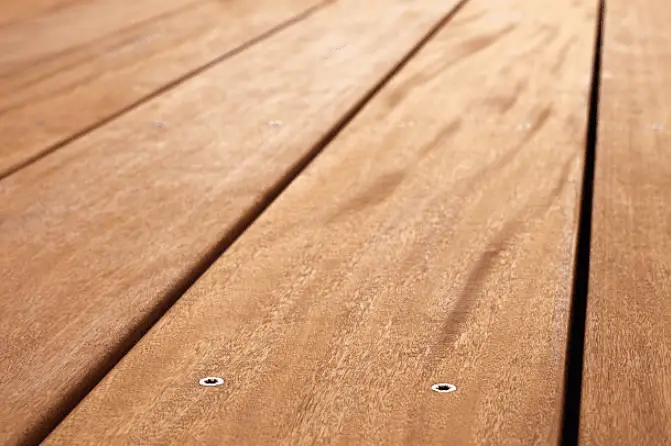
Is there any outdoor furniture wood having both traits of durability and robustness?
Yes, one of these types of quality wood is Garapa. That has an average uniform texture and straight grain. Also, it has a medium natural shine.
Pros
- Long-lasting, medium price, and density are the key pros that can stimulate you to make an offer.
- Garapa has a broad spectrum of usages, such as flooring, boatbuilding, and decking.
- Power to repel decay.
- Best wood for outdoor furniture.
Cons
- Garapa is usually prone to termites and insect assaults.
Wrapping Up
Taking time to particularly look over the different types of wood with their pros and cons helps conclude a better decision. That can help you save expenditure and time to spend in the future if you buy random wood carelessly.
Going through the above list will assist you to come to a satisfactory conclusion.
Insightful Tip: Use any wood for outdoor furniture through pressure-treating or waterproofing.
